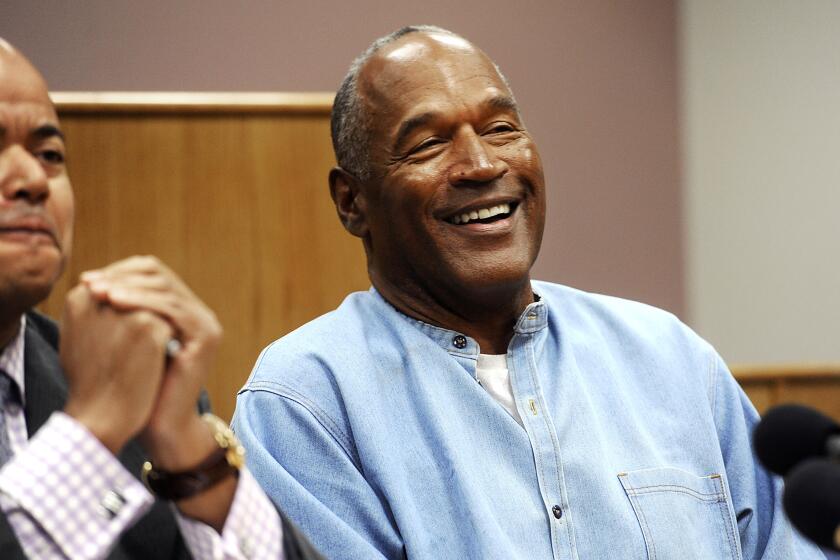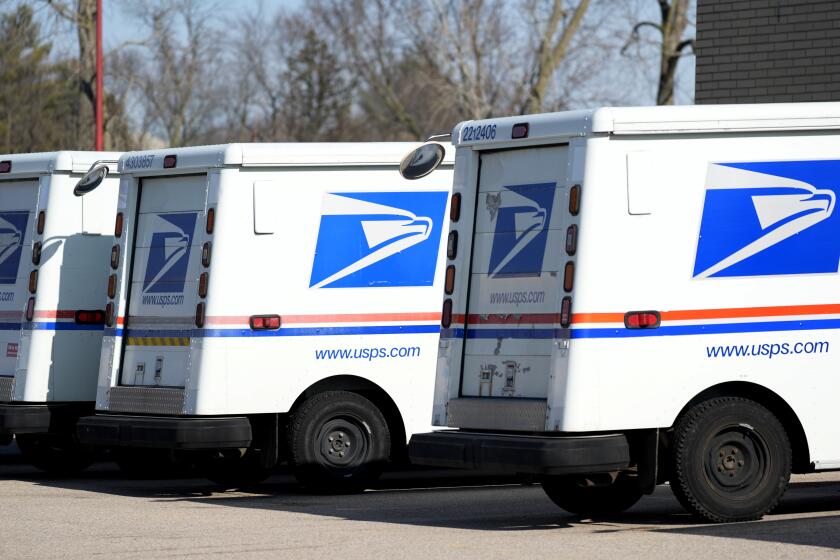The power at DWP
‘Nothing’s going on here,” Board of Water and Power Commissioners President Lee Kanon Alpert insisted at Tuesday’s meeting, sounding woefully similar to a certain Wizard urging Dorothy and friends not to peek behind the curtain. Alpert’s intent was to convince onlookers that there was nothing nefarious about plans by the Department of Water and Power to pay its outgoing chief, H. David Nahai, his full salary through the end of the year in exchange for “consulting” services. After all, Alpert said, smaller city departments have made similar deals with departing executives for even longer terms.
But just because it’s common doesn’t make it right. The DWP’s stated justification for paying Nahai, who is leaving to join former President Clinton’s Climate Initiative, nearly $82,000 by Dec. 31 is that his institutional knowledge is needed during the transition to a new chief. Left unmentioned is that the department’s interim chief will be S. David Freeman, who was managing federal energy policy when Nahai was in grade school and ran the DWP from 1997 to 2001. The idea that Freeman needs advice from Nahai, who was criticized for his inexperience when he was appointed to head the DWP less than two years ago, is laughable.
Although Nahai clearly doesn’t deserve a handsome payout to just go away, we still think he handled himself well in a difficult and highly politicized job. His lukewarm support for Measure B, a flawed initiative on the March ballot, attracted the ire of its architect -- Brian D’Arcy, the head of the DWP’s powerful electricians union. A key aim of Measure B was to ensure that large-scale solar energy projects in L.A. would be owned by the DWP and thus built and maintained by union members. The initiative, which was defeated in March, was also heavily backed by Mayor Antonio Villaraigosa, who receives generous contributions from D’Arcy’s union.
The Measure B kerfuffle is part of a larger struggle at the DWP. Villaraigosa has mandated that the utility get 20% of its power from renewable sources by 2010. Nahai was intent on meeting that goal, in large part by signing contracts with private generators outside Los Angeles. That led to conflict with the union, which wants that green development for itself.
Nahai may be leaving, but that conflict will remain. And although we’re not opposed to good-paying green jobs as the city updates its energy infrastructure, what’s good for the DWP’s 8,000 union electricians isn’t necessarily what’s good for its 1.4 million customers or for the environment. To his credit, Nahai seems to know that. We’re not sure Villaraigosa does -- or if he cares.
More to Read
Start your day right
Sign up for Essential California for news, features and recommendations from the L.A. Times and beyond in your inbox six days a week.
You may occasionally receive promotional content from the Los Angeles Times.






